Monosaccharides are the simplest form of carbohydrates. Examples of Monosaccharides include glucose, a major energy source for cells; fructose, an extremely sweet sugar found in fruits and honey; galactose, which combines with glucose to form lactose in milk; xylose, found in wood for use as a sweetener; and ribose, a component of RNA and ATP energy molecules.
Alao read: Examples of Compounds
Examples of Monosaccharides
Here are a few examples of monosaccharides:
1: Glucose
Glucose is the most common simple sugar found in nature. It has 6 carbon atoms arranged in a ring shape. Glucose provides energy for plants and animals.
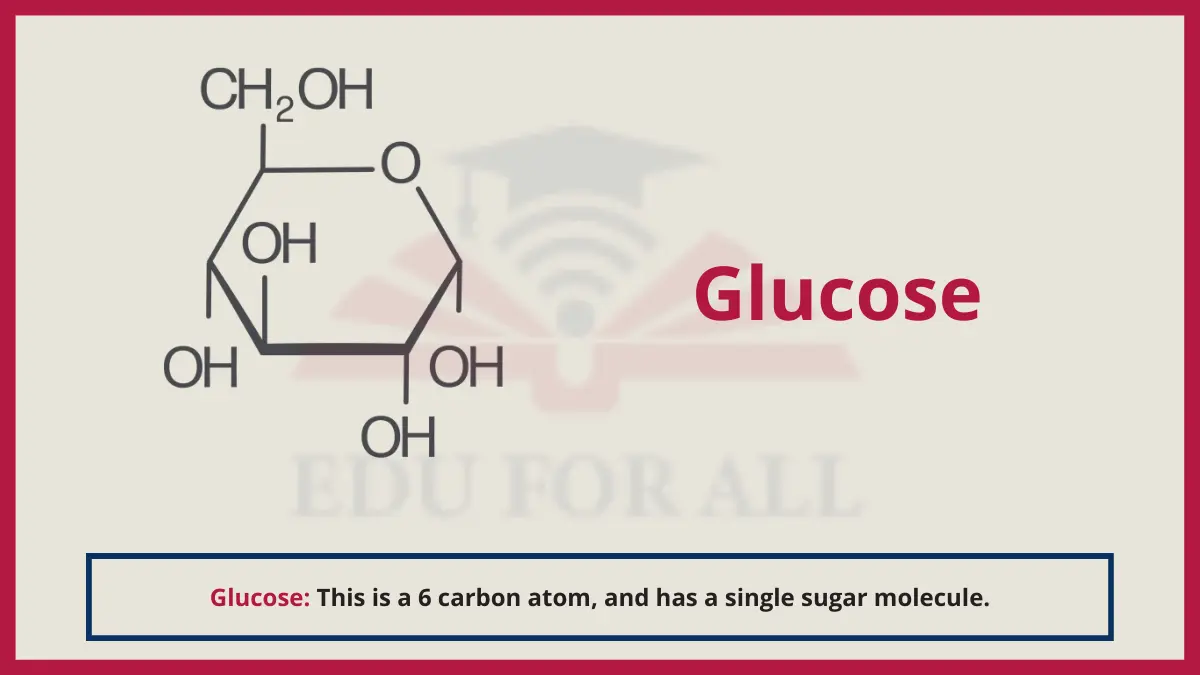
It makes up about 80% of the carbohydrates used by the human body.
Find it in: fruits, vegetables, honey, blood.
2: Fructose
Fructose is a 6-carbon monosaccharide commonly known as fruit sugar. It has the same chemical formula as glucose but differs in its structure.
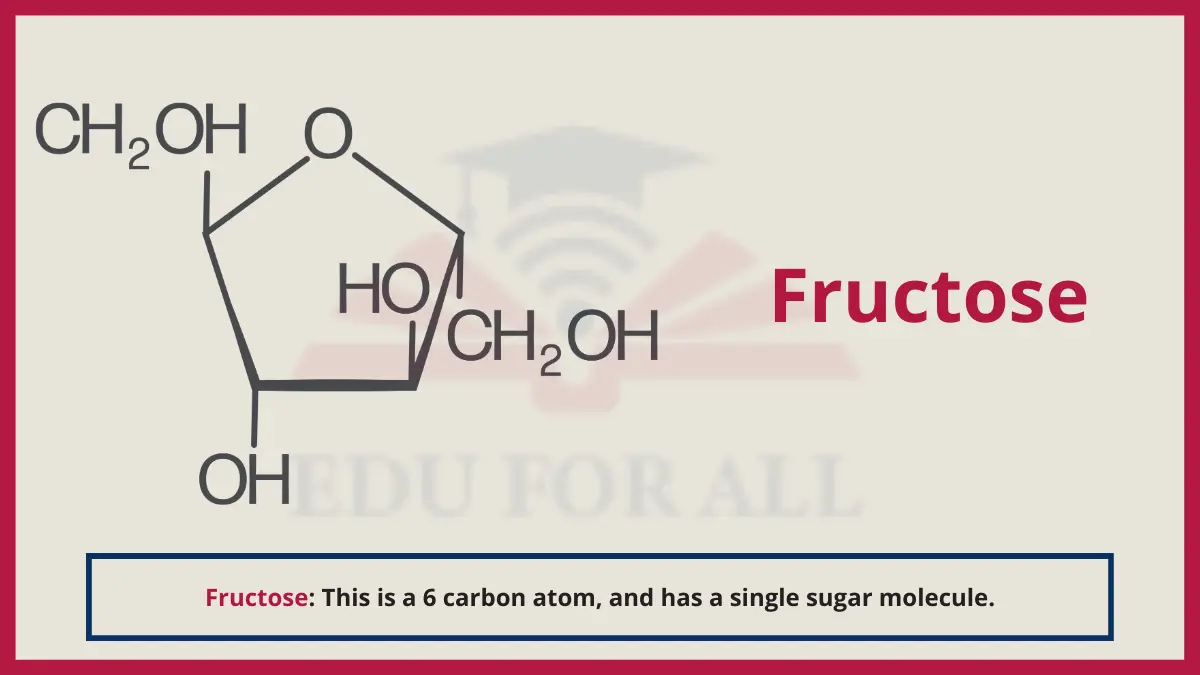
Fructose is 1.2 to 1.8 times sweeter than sucrose table sugar.
Find it in: fruits, vegetables, honey.
3: Galactose
Galactose is a 6-carbon sugar that combines with glucose to create the milk disaccharide lactose with less sweetness.
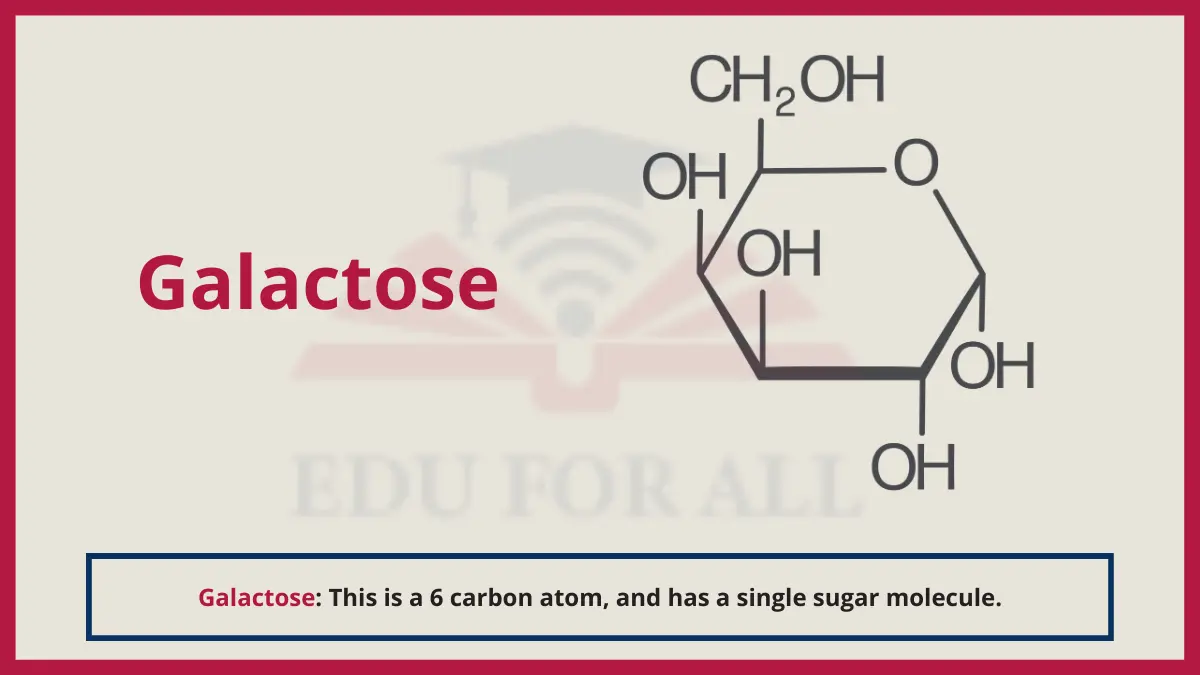
Over 65% of adults lose the ability to properly digest lactose.
Find it in: dairy products, plants, body tissues.
4: Ribose
Ribose is a 5-carbon monosaccharide and a component of RNA (ribonucleic acid). It has a structure with four oxygen-containing corners.
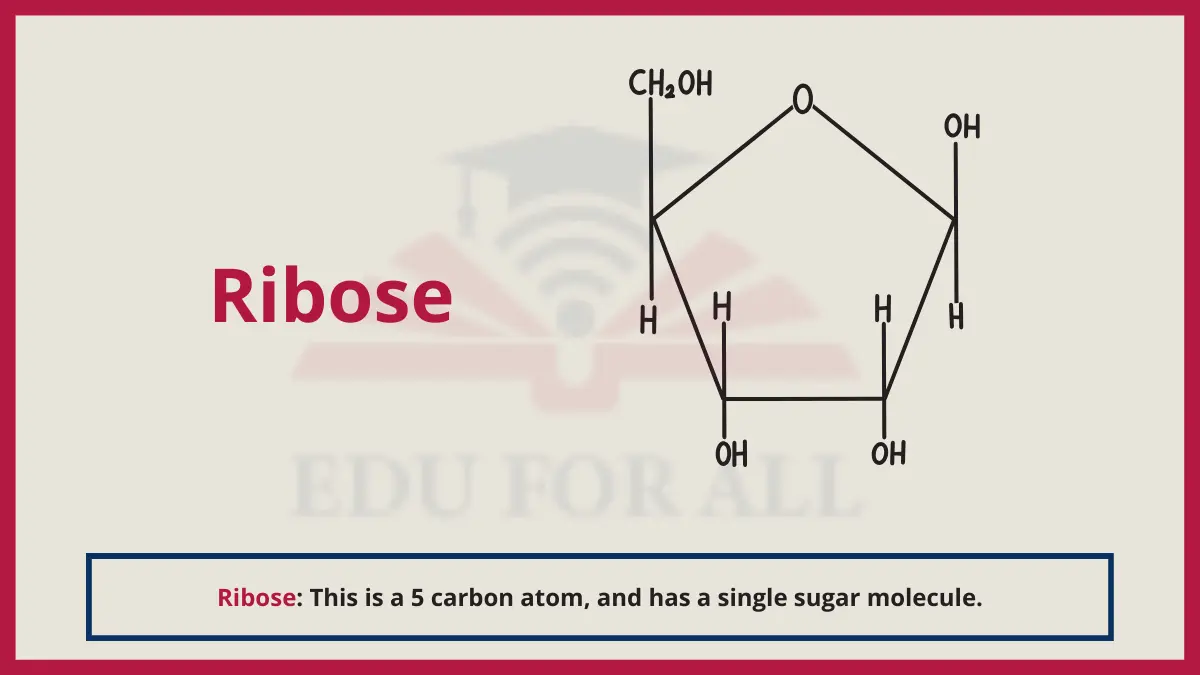
It forms half of RNA nucleotides while deoxyribose composes DNA nucleotides.
Find it in: RNA molecules in living cells.
5: Deoxyribose
Deoxyribose is similar to ribose but with one less oxygen-containing corner in its 5-carbon structure. It is a component of DNA (deoxyribonucleic acid).
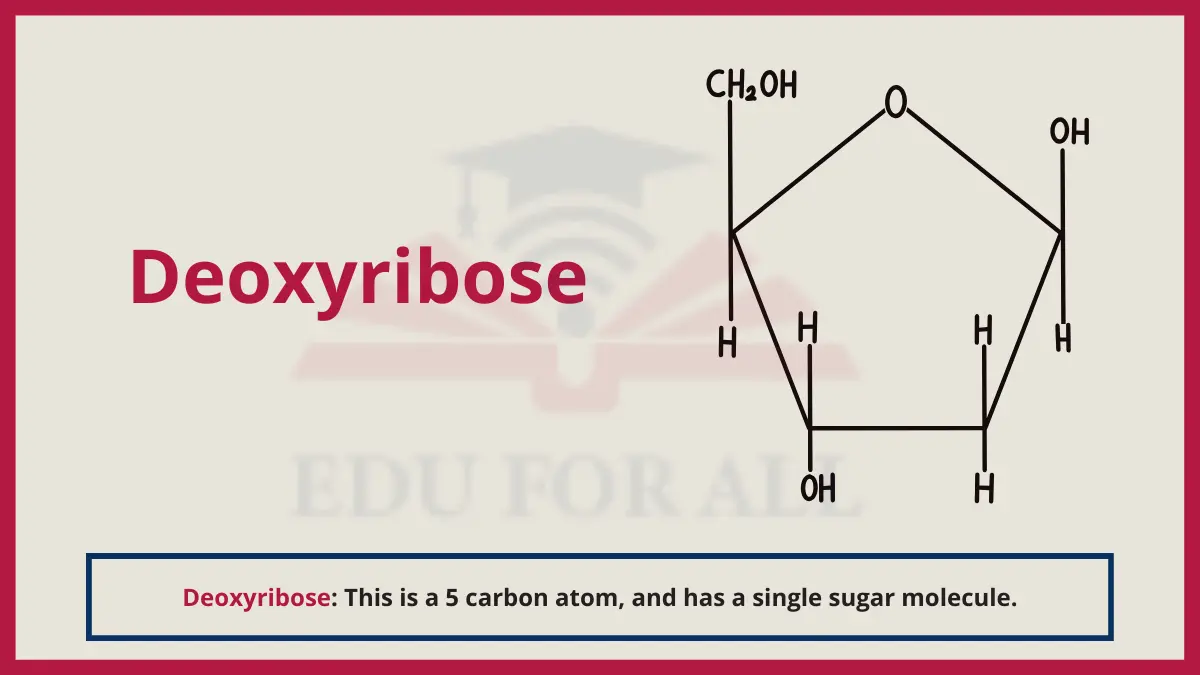
Losing one oxygen atom changes the shape and bonds available for DNA.
Find it in: DNA molecules in cell nuclei.
6: Ribulose
Ribulose is a 5-carbon monosaccharide involved in plant photosynthesis as part of the Calvin cycle to fix carbon dioxide. Its structure enables this role.
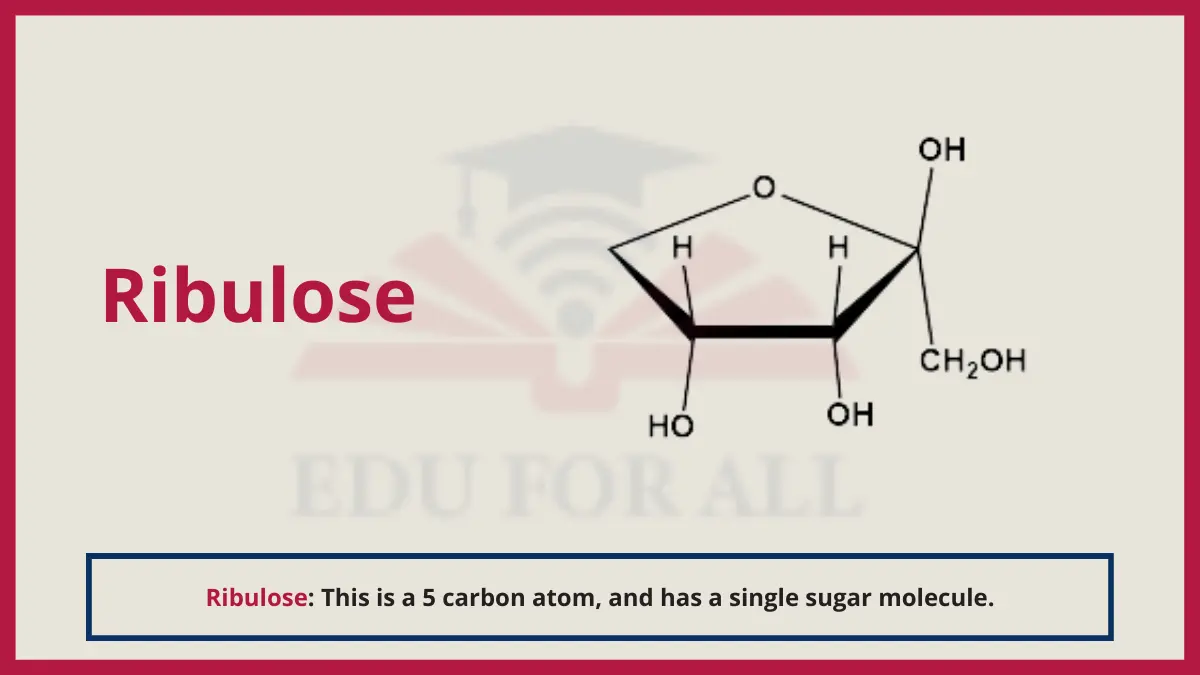
It makes up over 75% of Earth’s total annual carbohydrate production through photosynthesis.
Find it: In plant leaves and green algae cells.
7: Xylose
Xylose is a 5-carbon aldopentose monosaccharide that forms part of hemicellulose along with other sugars. It has a 5-sided ring structure.
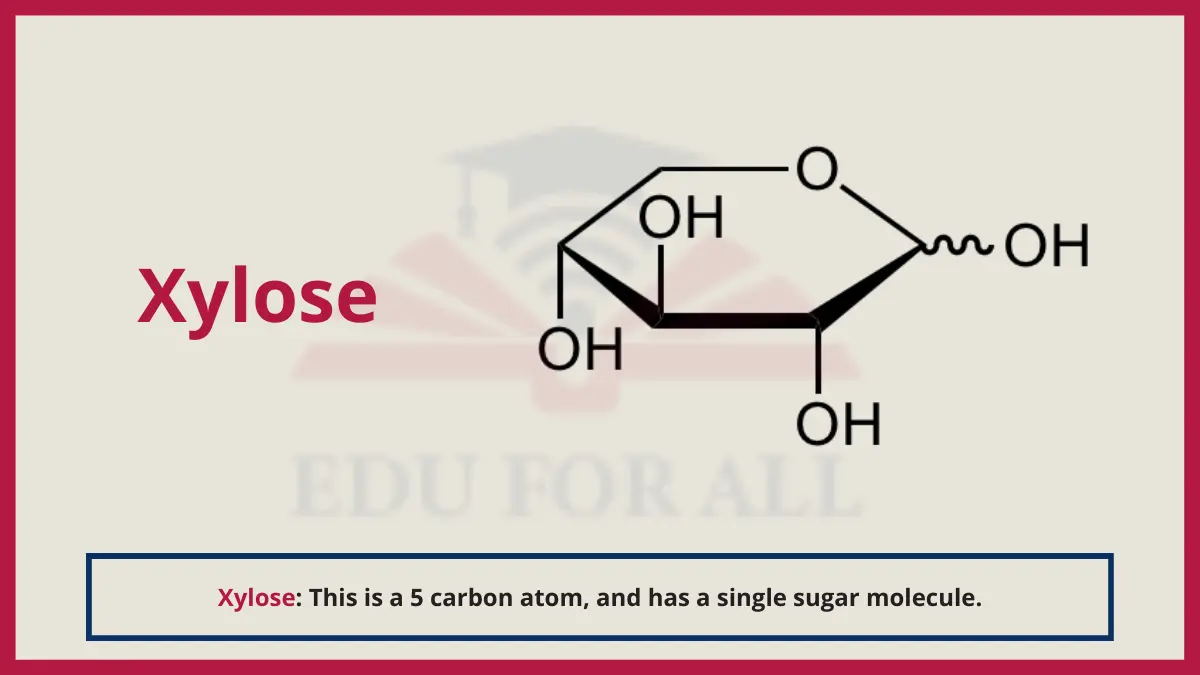
After glucose it is the second most abundant sugar derived from plants.
Find it: In fruits, vegetables, whole grains.
8: Arabinose
Arabinose is another 5-carbon aldopentose monosaccharide with a structure very similar to xylose but slightly different spatial arrangement.
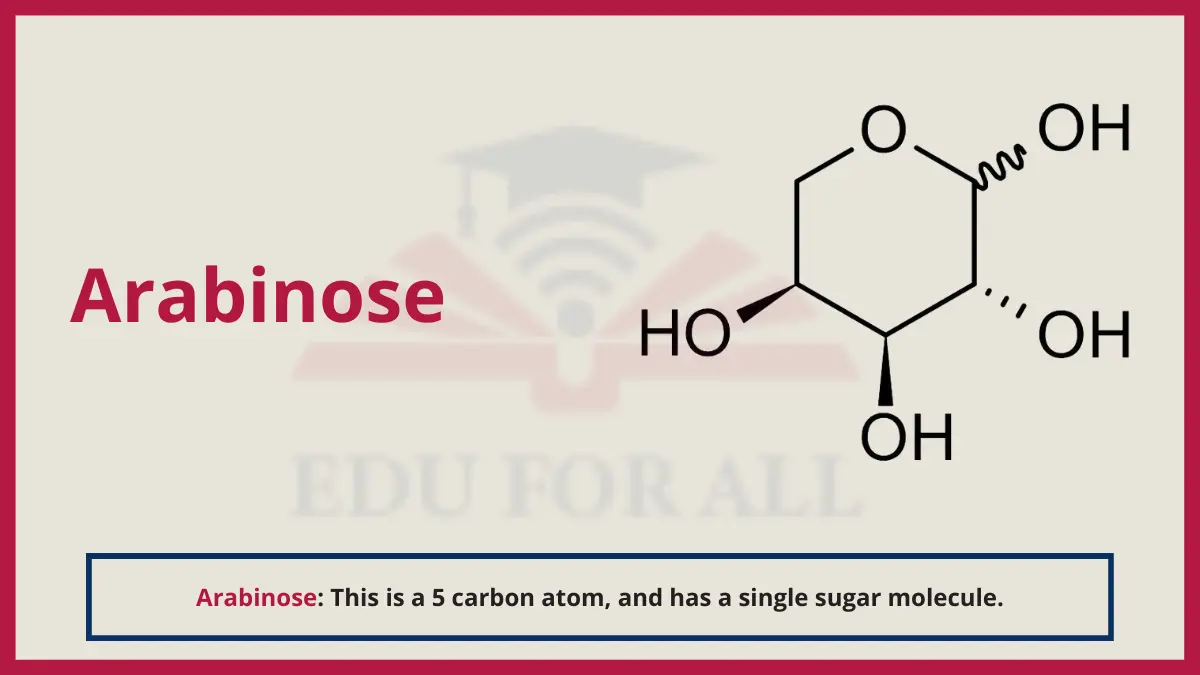
Bacteria release arabinose polymers to shield themselves from the immune system.
Find it: In gum arabic, hemicellulose and cell membranes.
9: Rhamnose
Rhamnose is a 6-carbon sugar that slightly differs from glucose to interact with host-adapted bacteria helping them bind cells. It differs from glucose by just one OH molecular group placement, giving it distinct roles.
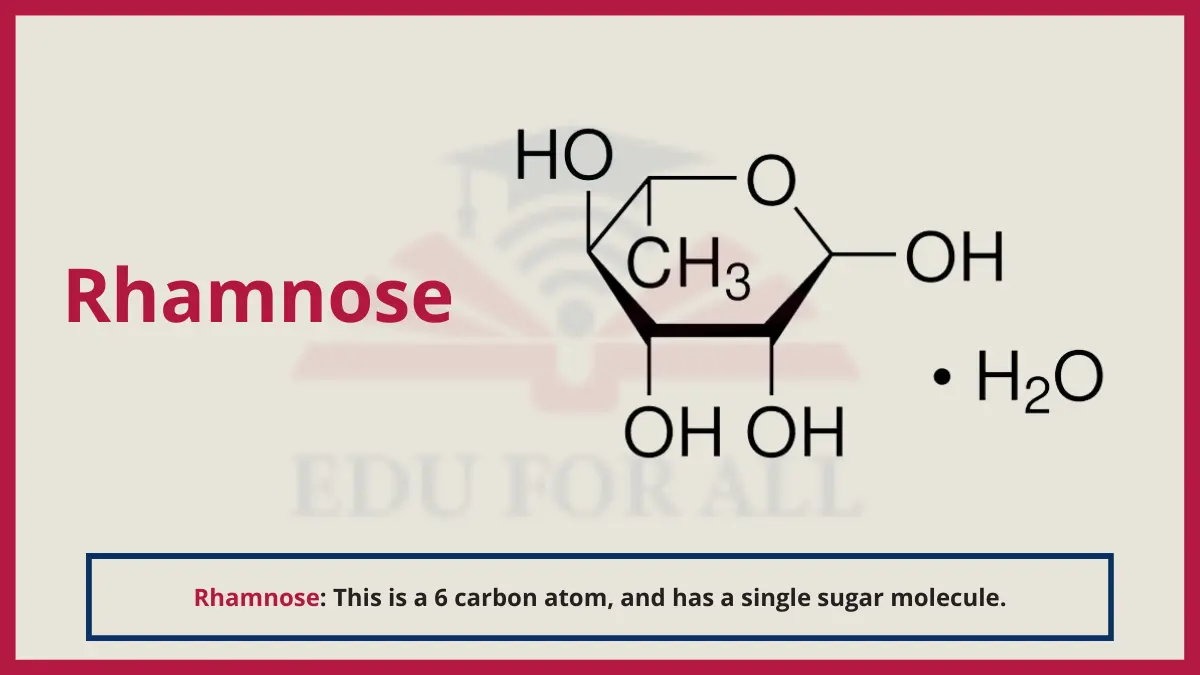
Up to 12% of bacteria surface sugars are rhamnose to enable host binding.
Find it: plant gums, body tissues and host-adapted bacteria.
10: Fucose
Fucose is a 6-carbon blood group antigen sugar that determines blood type via its unique molecular shape. Fucose is in cell surface biomarker antigens that determine blood types. Its structure expresses antigenicity.
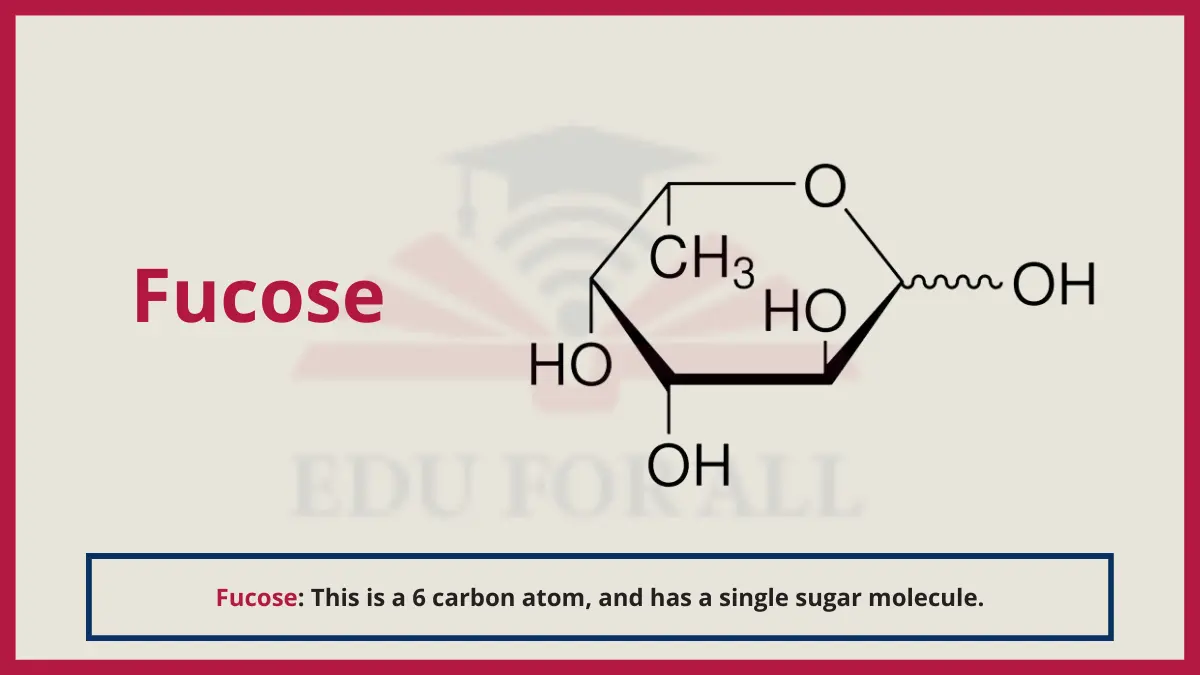
Fucose constitutes 0.5-1% of cell surface sugars but plays major antigenic roles
Find it: In glycoprotein cell coatings, secretor antigens, blood and mucosal tissues.

